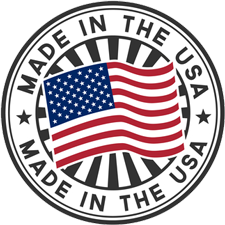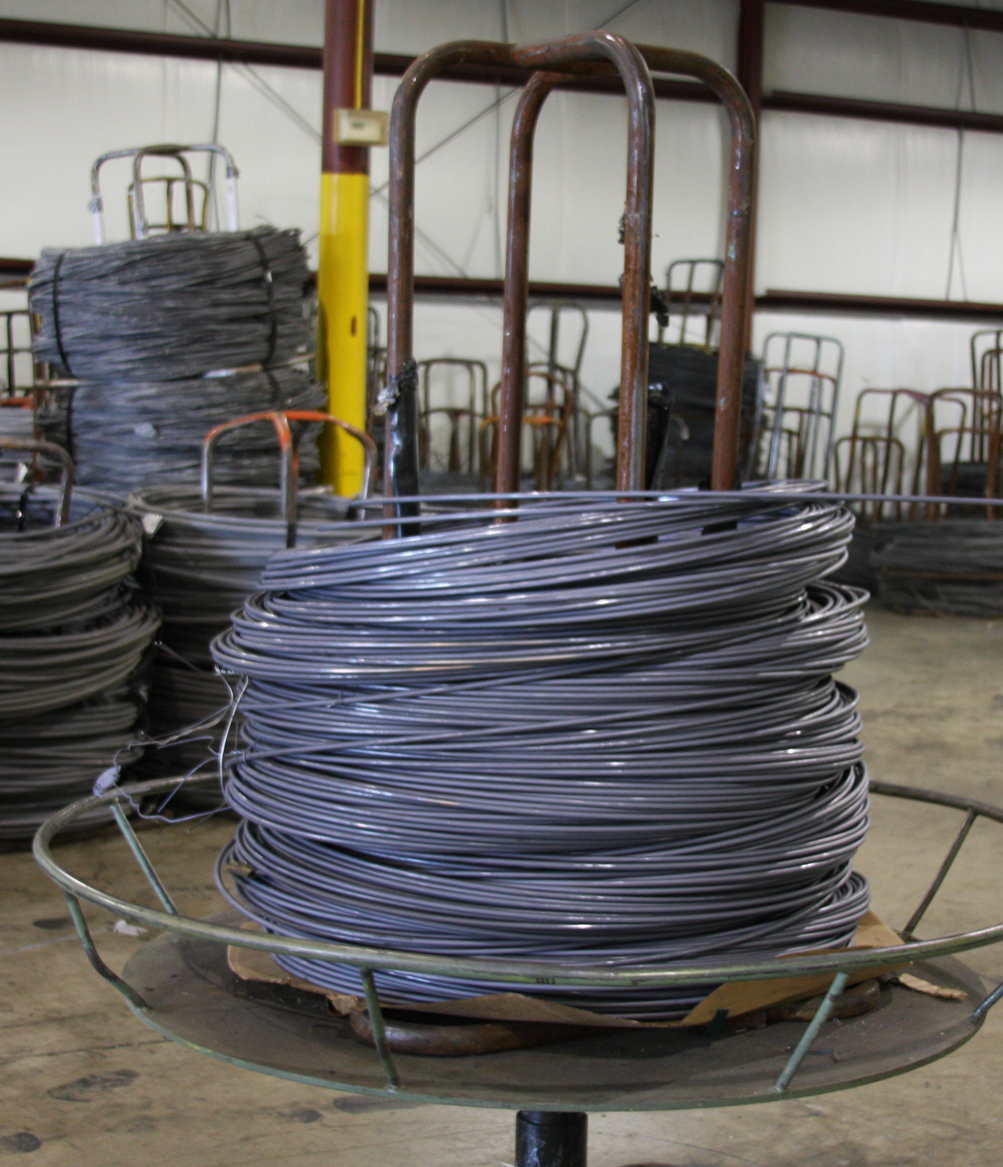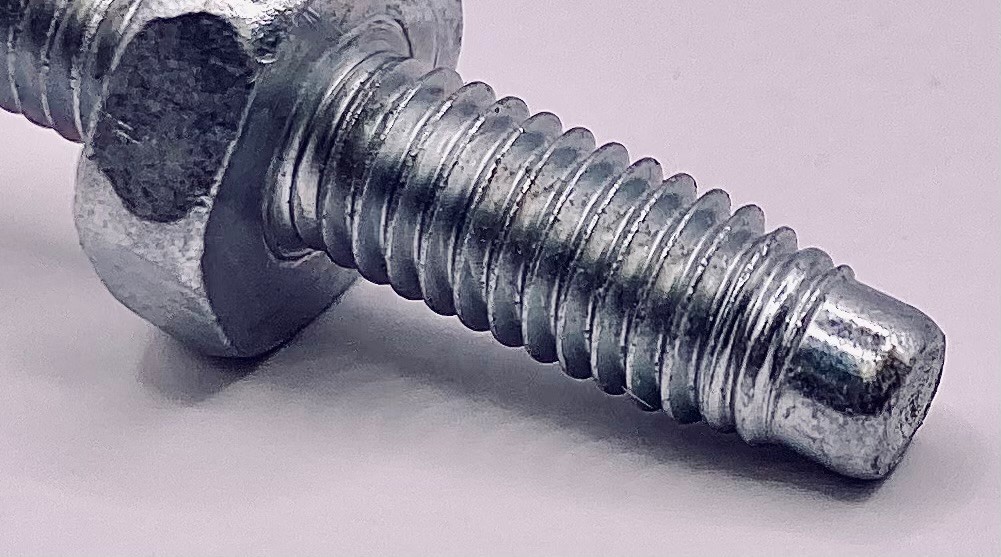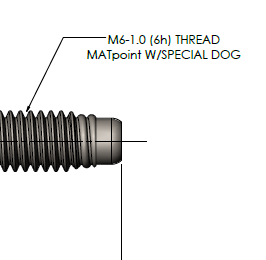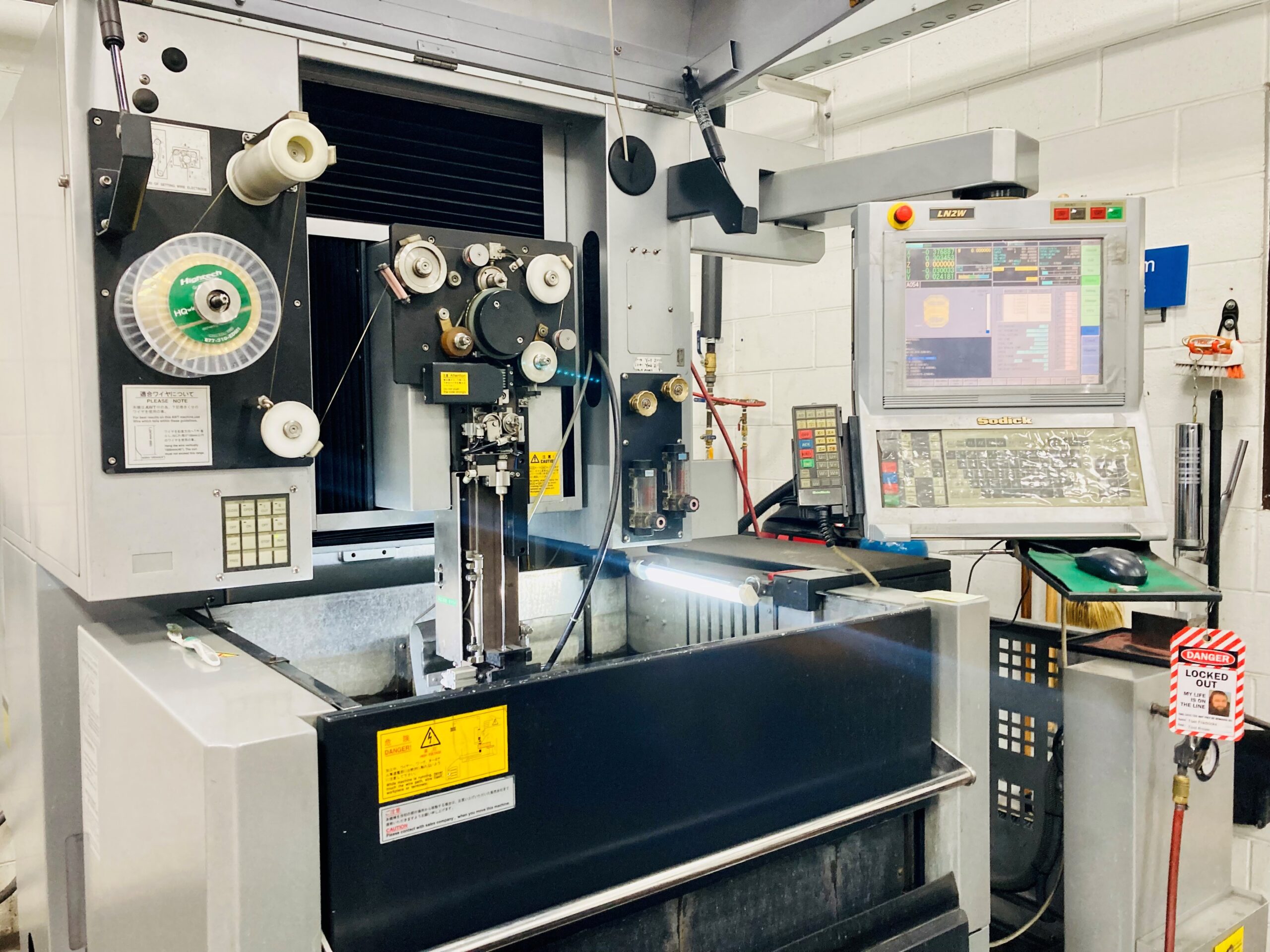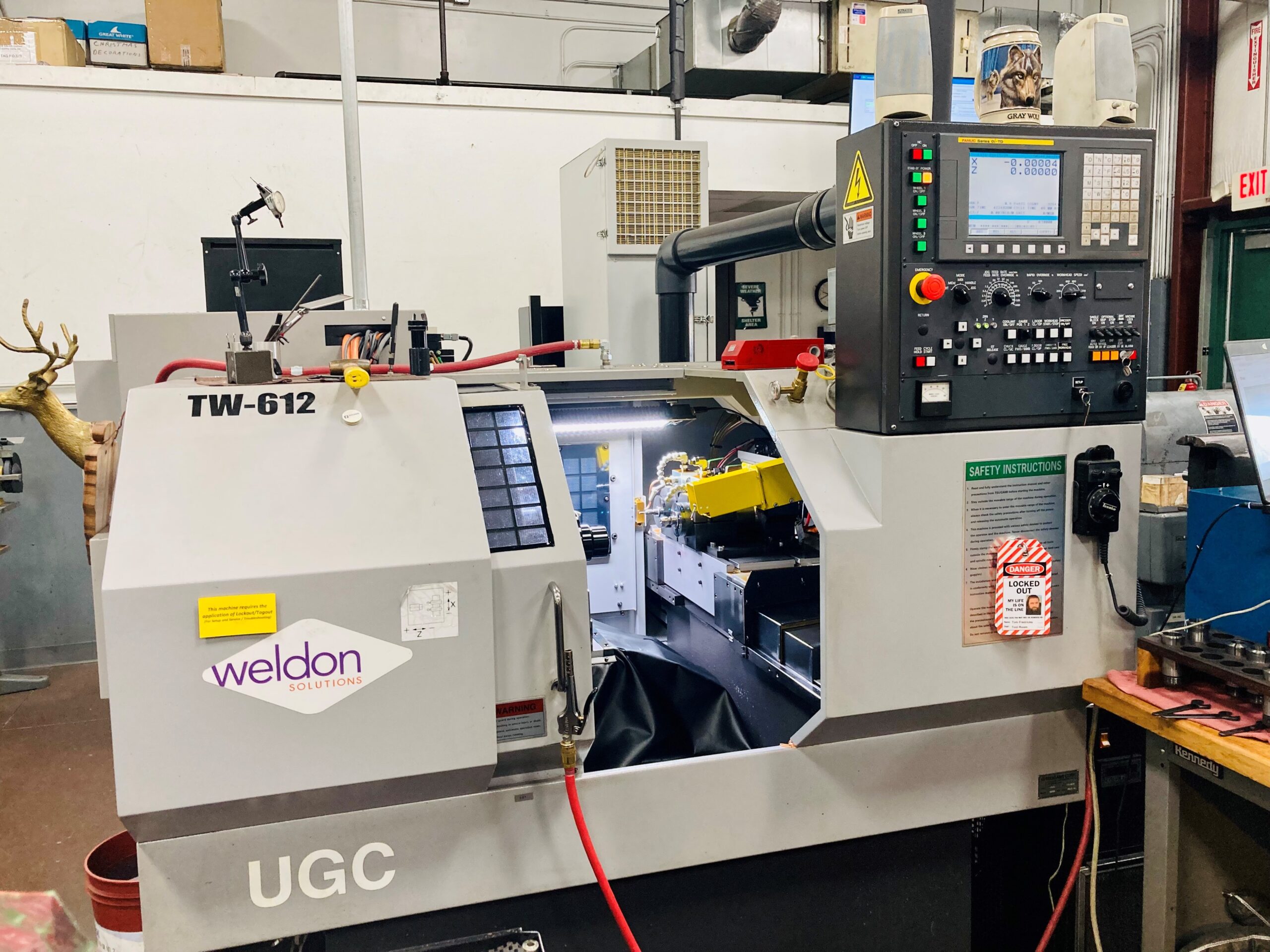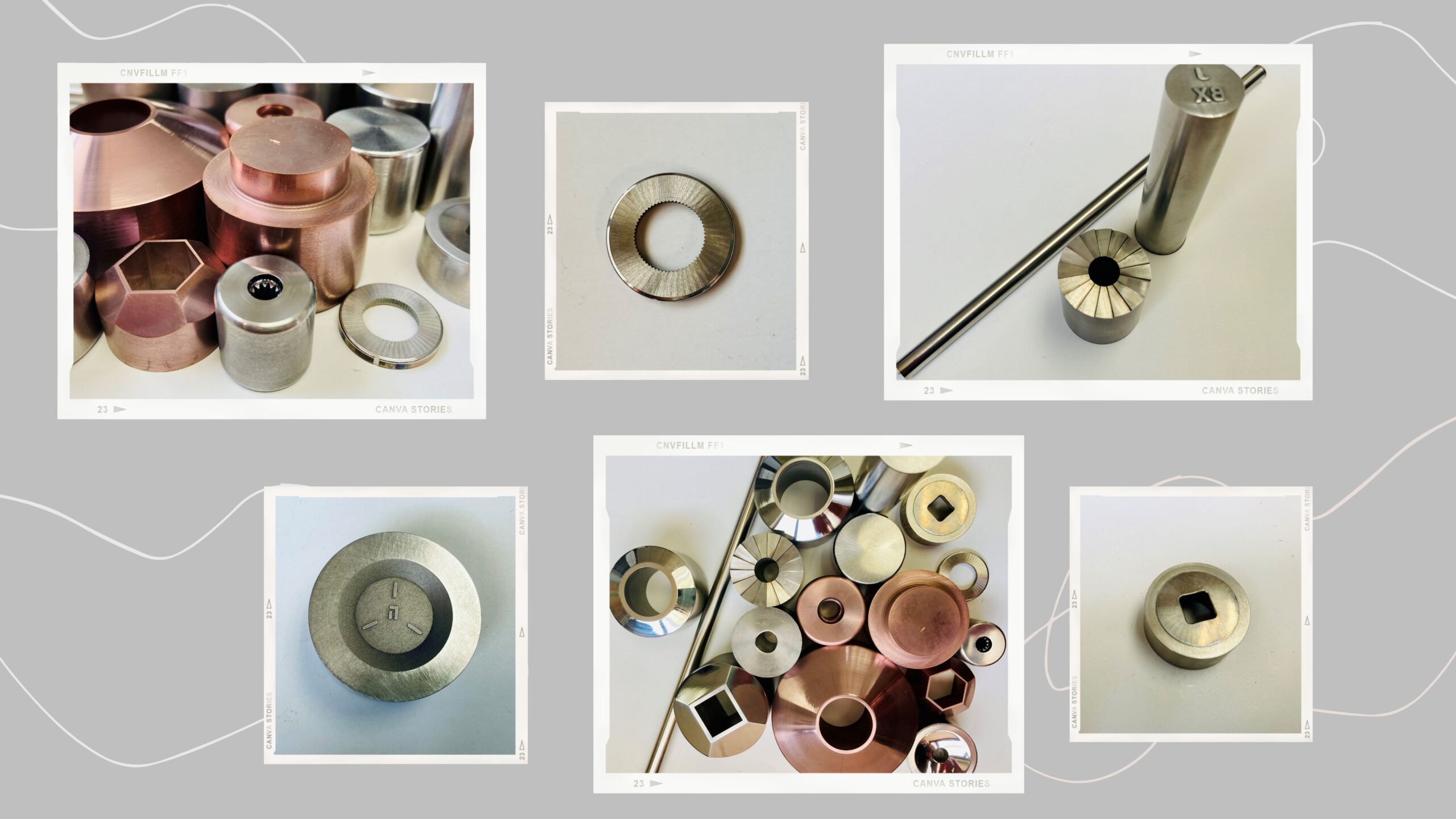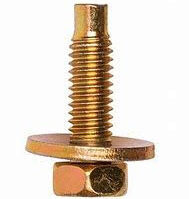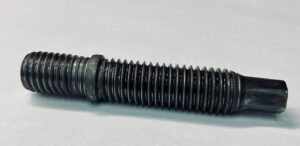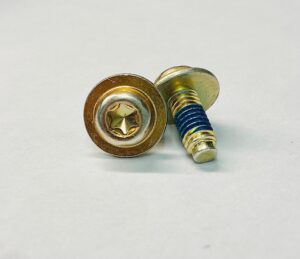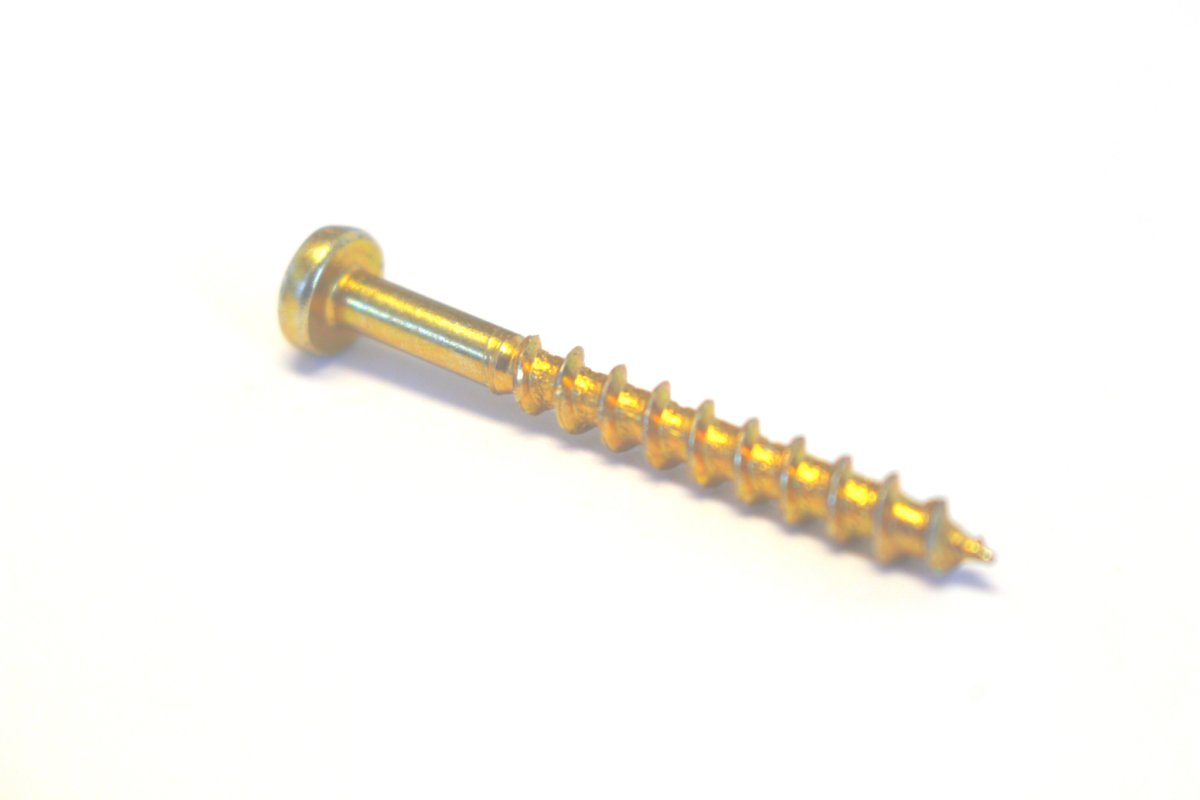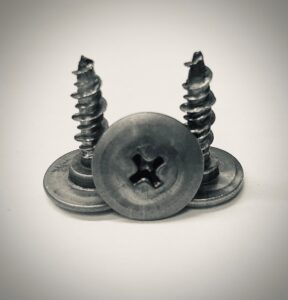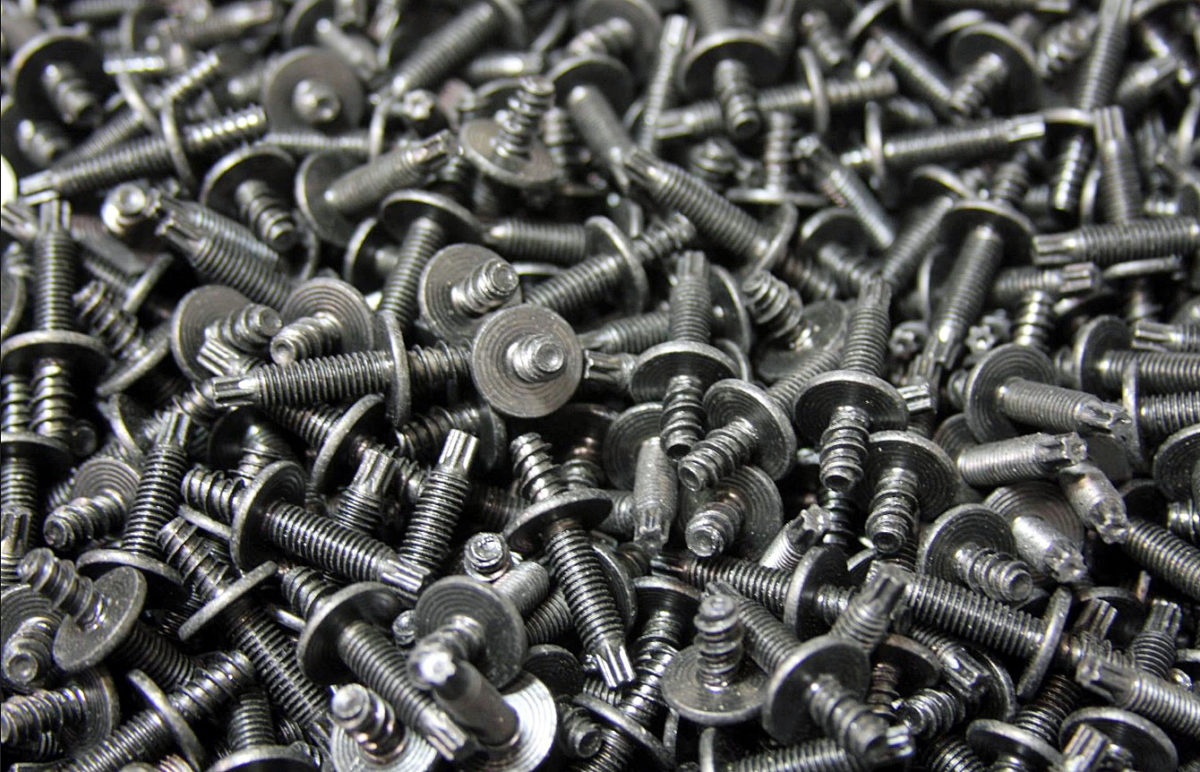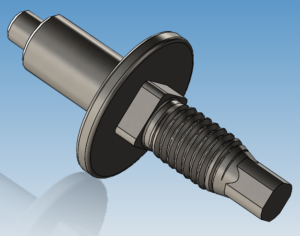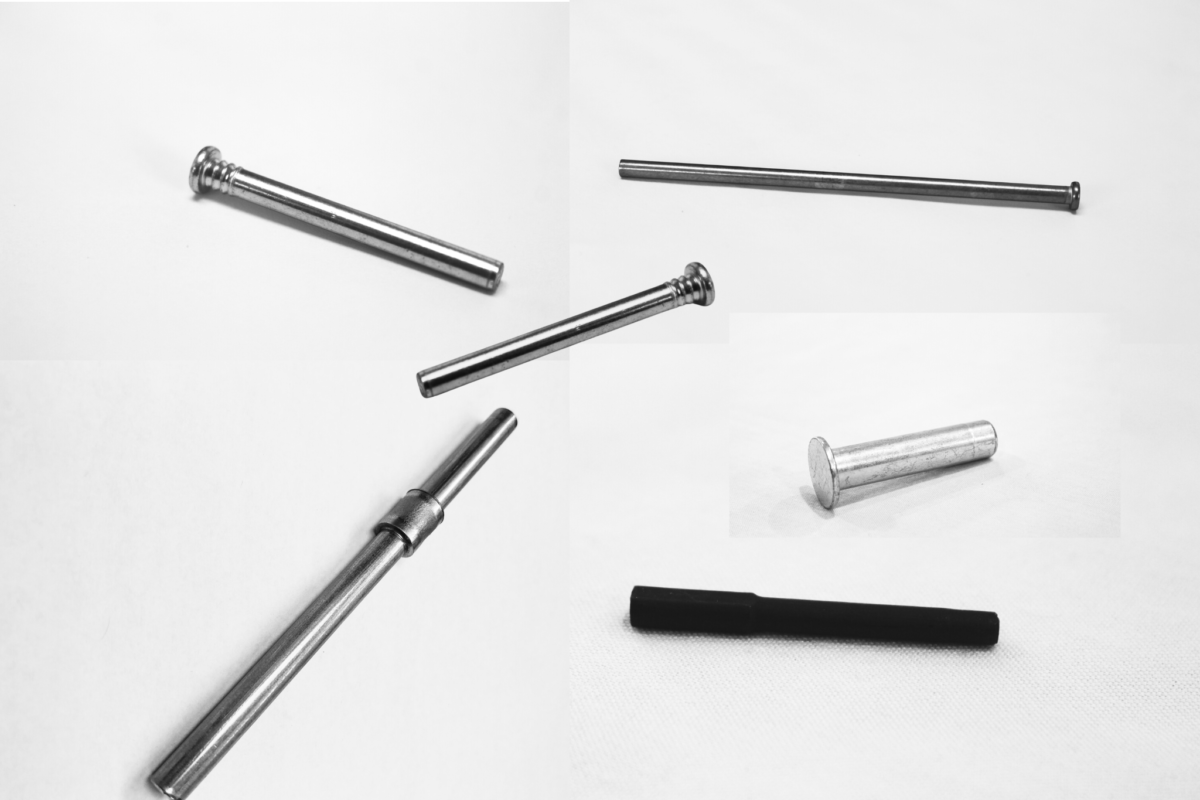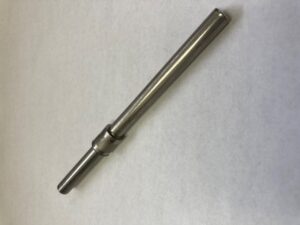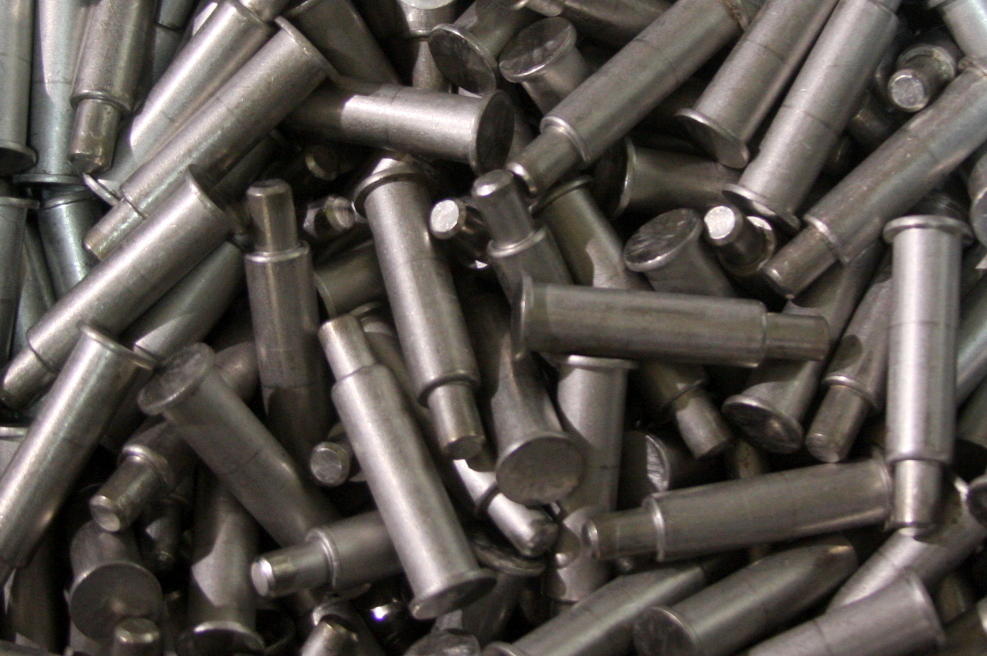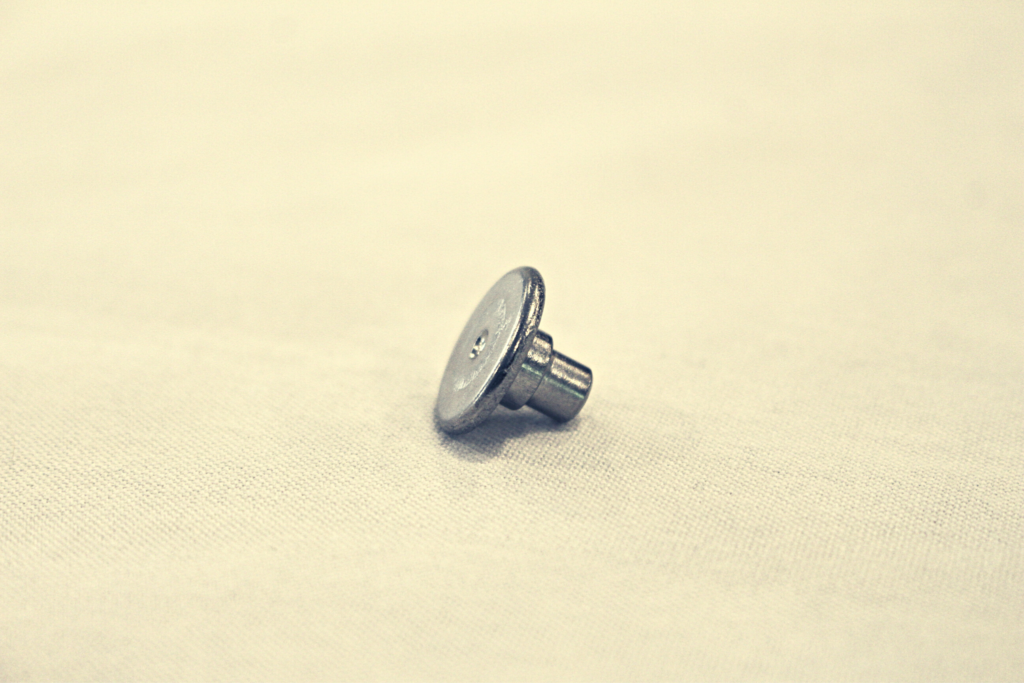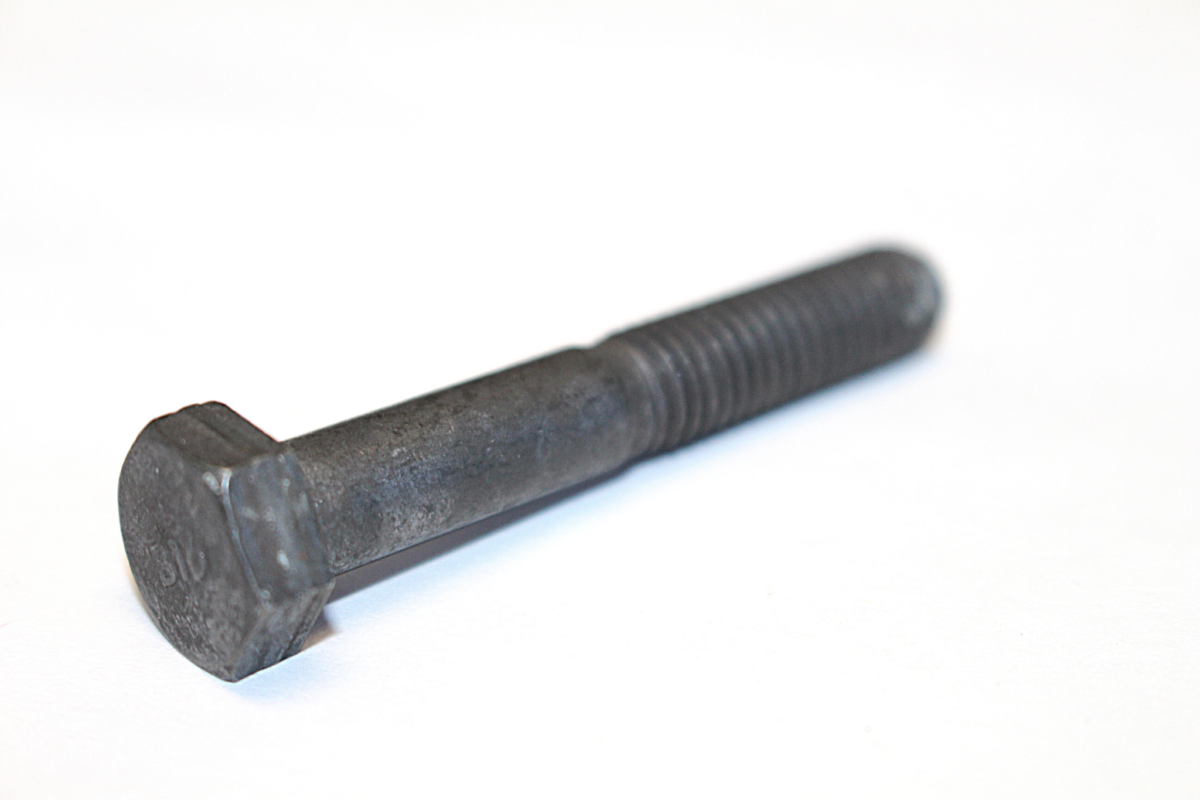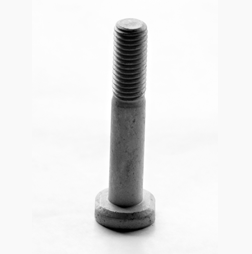At Fastco, we manufacture cold headed fasteners with steel. We’ve done some dabbling with other materials, such as aluminum and brass, but the vast majority of our work is with steel – carbon, alloy, and stainless steel.
What Is Cold Heading Quality Steel?
Cold Heading Quality Steel (CHQ Steel) requires a particular raw material chemistry in order to withstand the force applied to it while maintaining superior quality. It is used to form all sorts of fasteners, from bolts, screws, pins, and rivets to nuts, spacers, and bushings. The steel is drawn down into coils of wire, which can then be fed into cold heading machines and formed through a series of dies and punches.
Carbon Steels
Low, medium, and high carbon steels can all be used in cold heading. Lower carbon steels, such as 1010 which has a .10% carbon content, have relatively low tensile strength. However, low carbon steel is fairly easy to material to work into form.
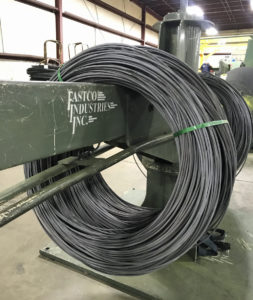
Another example of a highly formable carbon steel is 10B21, which is a boron-containing carbon steel. Stronger than 1010, it is a major component in buildings, tools, ships, cars, machines, and appliances.
Alloy Steels
Alloy steels are contain a mix of several elements such as nickel, chromium, silicon, and boron. They typically fall into two groups: low alloy and high alloy.
Low alloy steels include 1541, a medium-carbon / medium manganese grade steel, which is both versatile and affordable. Other alloy grades such as 4037 or 4140 are higher cost and more common in the oil and gas and aerospace industries.
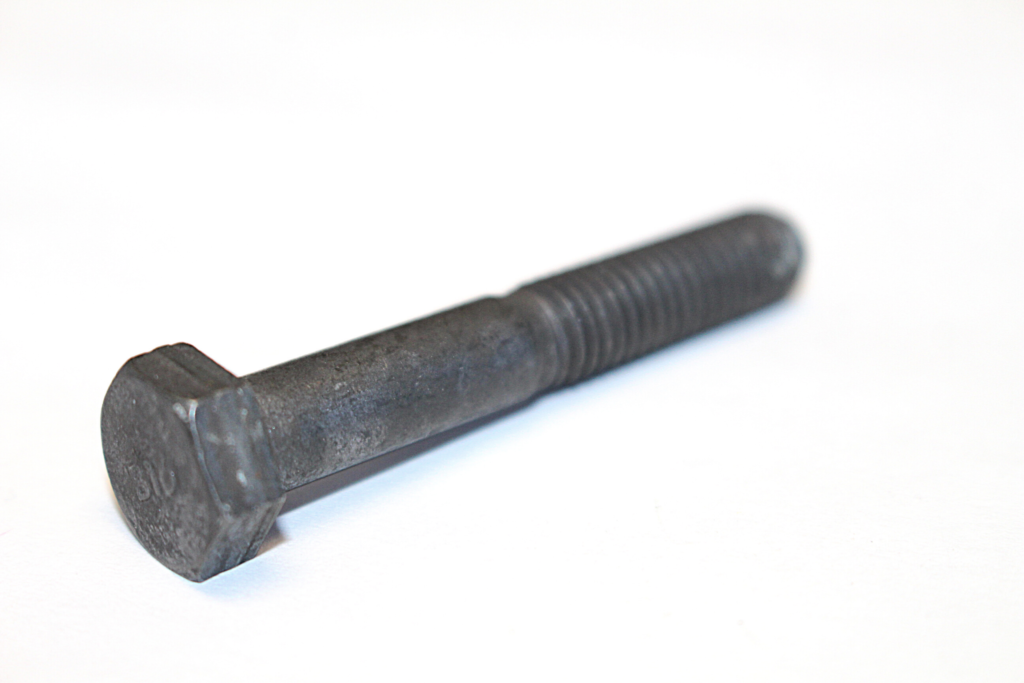
High-alloy steels such as B16 perform well in high-strength industrial applications. B16 is a chromium, molybdenum, and vanadium steel that works well as a material for bolt manufacturing.
Stainless Steel
A comparably more difficult material to work with, stainless steel is popular across many industries due to its corrosion resistance. Austenitic stainless steel grades such as 302 and 304 are highly formable, particularly in annealed condition. Other high-nickel alloy stainless steel grades, such as high-temperature alloys like A286, martensitic stainless steel like 410, or ferritic steels like 430, are often more difficult to work.
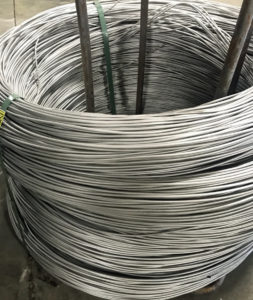
Cold forming is the superior method to form with stainless steel because it does not require heating, making for a safer and more energy (and cost!) efficient process. Fastco specializes in stainless steel cold formed fasteners.


